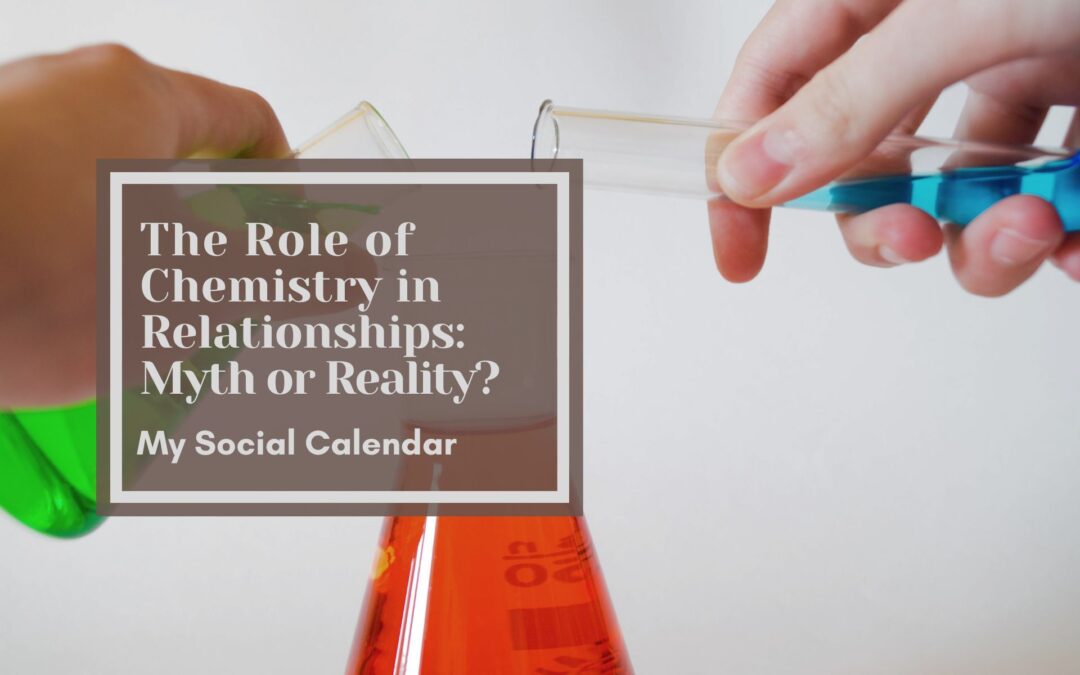In our daily lives, we often encounter that special “spark” with someone—a connection that goes beyond the ordinary. We call it chemistry, a term that has resonated through centuries, finding its roots in poetry and weaving its way into our modern understanding of relationships. But what exactly is interpersonal chemistry, and does it play a crucial role in forming meaningful connections?
Researchers Harry T. Reis, Annie Regan, and Sonja Lyubomirsky set out to demystify the concept of interpersonal chemistry. They propose a model that defines chemistry as an emergent phenomenon, emphasizing its roots in interactions rather than individual attributes or biases. According to their model, chemistry involves coordination, a shared and supportive exchange of goals and efforts between individuals.
Chemistry, the researchers argue, is not limited to romantic entanglements; it extends to friendships, family connections, and even professional relationships. It is an embodied experience, with nonverbal cues such as eye contact, facial expressions, and synchronized movements playing a crucial role. The model also highlights the importance of repeated back-and-forth exchanges in building chemistry, debunking the notion of “zero acquaintance” chemistry solely based on initial impressions.
So, what does chemistry look like and feel like? The researchers break it down into behavioral and perceptual components. Behaviors involve interactions where individuals express their feelings, needs, or goals, met with understanding and support. These behaviors lead to perceptions of chemistry, encompassing cognitive, affective, and behavioral components.
Contrary to common myths, chemistry isn’t confined to first impressions or exclusive to charismatic individuals. It’s a dynamic force that can wax and wane over time. Reis suggests that genuine interest, self-disclosure, shared goals, and a sense of camaraderie can foster the emergence of chemistry.
The researchers challenge misconceptions, such as the idea that chemistry is irreversible or always mutual. They acknowledge that chemistry can be one-sided in some instances, especially in the early stages of a relationship.
In the grand tapestry of human connection, chemistry emerges as a complex interplay of behaviors, perceptions, and shared experiences. It goes beyond mere liking, creating a sense that a particular relationship is unique and special. Reis and his colleagues hope that their model serves as a foundation for future research, unraveling the temporal dynamics, conditions, and factors influencing the emergence and sustenance of chemistry in diverse relationships.
As we navigate the intricacies of human connection, understanding the role of chemistry may provide valuable insights into what makes some relationships extraordinary. It’s not an elusive concept reserved for fairy tales; rather, it’s a tangible force shaped by genuine interactions and shared moments—an alchemy that transforms ordinary connections into something extraordinary.

